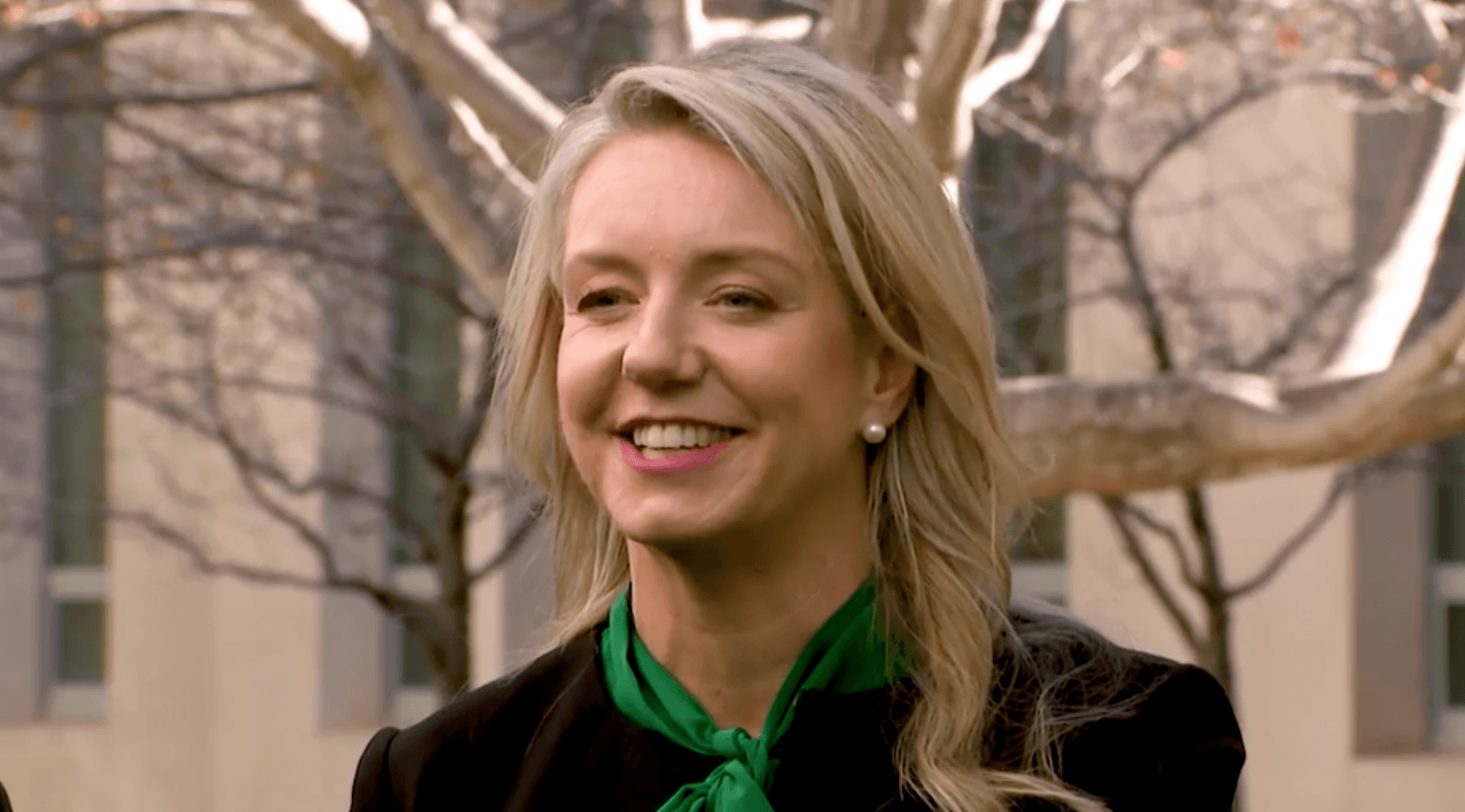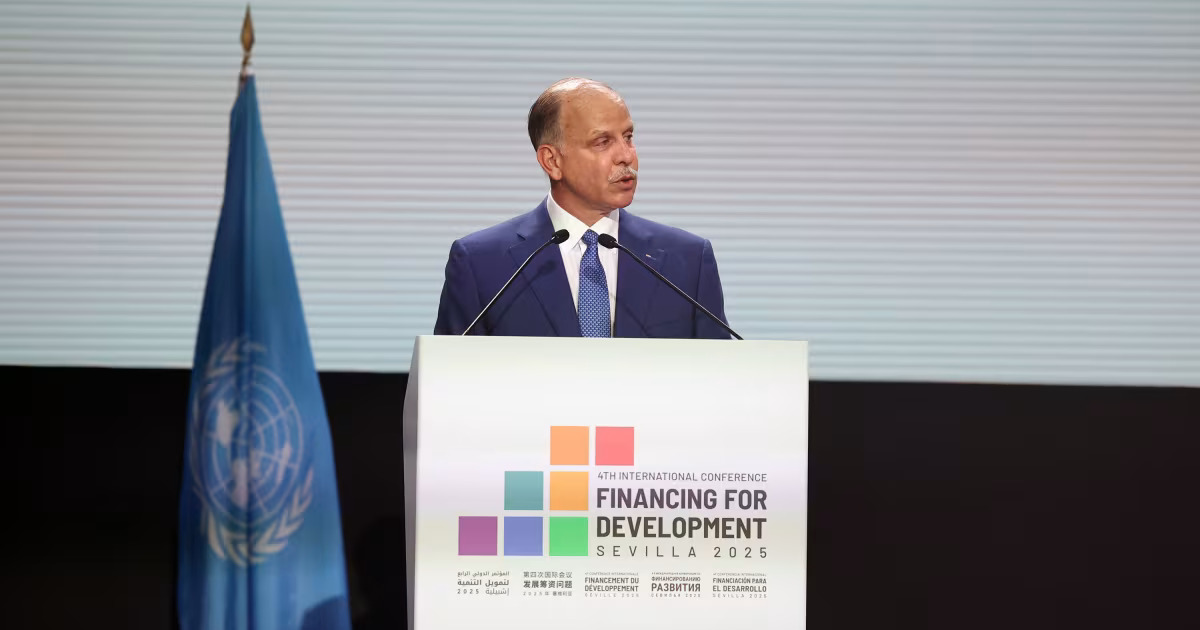Interview: Minister for Sport, Hon Bridget Mckenzie

The Federal Government released ‘Sport 2030’ in Canberra yesterday as their national sporting plan for the next 12-years.
Some key highlights included:
- The Australian Sports Commission will now be known as Sport Australia.
- Sport provides an estimated $83 billion in combined economic, health and educational benefits each year, with a return on investment of $7 for every dollar spent.
- Two-thirds of adults and one-quarter of children are overweight or obese.
The rest of the article can be read here.
We caught up with the Hon Senator Bridget Mckenzie to answer a few questions.
Yesterday you spoke about how cold it is in Canberra, and how Australia is trying to develop elite athletes; Is Canberra the place to be to achieve this goal or will you involve brother and sister organisations throughout Australia?
The elite athlete development pathway has really changed a lot since the AIS first conceptualised, we now have state institutes of sport, we have national centres of excellence located all around the country for different sports and that shows we as a country have developed a sporting ecosystem away from the centralisation of Canberra.
The iconic reputation that the AIS has, means that any redevelopment or revitalisation of the AIS will be happening on its current site.
It does need to be working in harmony with the state institutes of sport, with the centres of excellence in national sporting organisations, with the whole gamut of pathways available to young people as they develop through to their best.
So, I’m looking forward to getting a business development plan from the AIS on where they see the competitive advantage for Australia going forward is on that site and I’m sure that won’t be too long in coming.
With the Australian Sports Foundation now granted access to public and private ancillary funds and with their goal to raise at least $100 million a year by 2021, where would you like to see this money go first?
To community sporting clubs, that’s where I’d like to see it go.
We are going to get all the benefits of sport spread most widely if we invest in the community and grassroots level of sporting organisations and physical activity organisations.
I’m looking forward to their contribution to making sport more affordable for all.
The plan states that Sport Australia will develop a new strategy to take the priorities of Sport 2030 forward; when do expect to this plan to be finalised and when do you expect sports administrators to start engaging?
I think Sport Australia is engaging as of today; it is going to take some time to work through the system, as you can see from the recommendations within sport 2030 and the variety of strategies, there is a lot of partnerships that need to be developed.
Given we are broadening Sport Australia to also include physical activity, that is going to mean new relationships and new ways of thinking and operating in the broader community.
I’m looking forward to it arriving in the not too distant future.
Your big goal is to increase the activity of Australians by 15% by 2030, how would like to see brands that actively sponsor sports help with this initiative for the whole of Australia?
We’ve put $22 million into older Australian’s physical activity programs, we’ve got $29.5 million in community infrastructure grants which start today and are open for the next six weeks and I would encourage all clubs around Australia who need to upgrade or improve their facilities to apply.
But I want to make sure that sport isn’t just relying on federal government or state government for support.
I know there are businesses right around Australia that see the value in partnering with sports to achieve their goals and to support the role of sport in creating healthy lifestyles, so I envisage new and creative ways for businesses and other organisations to partner with sports to deliver joint outcomes.
It is a great initiative to use existing infrastructure in schools to provide more opportunities for sport, but who will be responsible for this? – Teachers are already under immense pressure and work longer hours then what they get paid for.
That’s why I’ve been really conscious that it’s not just the federal government that’s going to solve this conundrum.
All our state governments are wanting to increase participation in a range of forms and have some really fantastic initiatives to achieve those goals and I’ll be working with state education and sports ministers to see what can be done.
The reality is we use to teach Australian children to swim when they were at school and that’s something I think we should be aspiring to do again.
The federal government has put in $42 million into the sporting schools program over the next 18 months and it is oversubscribed.
There is a real need out there in schools to get more sport, we are funding it, so I think we need to be working in partnership with state governments to make sure young people are getting as much physical activity and sport in their school week as possible.
Technology is here and its hard to adapt and keep up with change, how are you going to help sporting organisations with this?
I think Sport Australia has a really clear digital strategy that they’re looking forward to rolling out and that’s something that they can work with the national sporting organisations to best utilise.
Look at the phenomenal success of something like ‘parkrun’ which is just brilliant.
The way we use digital applications to register our athletes, monitor our training and collect data so we can make better decisions is going to be really important to the success of sport 2030.
It's free to join the team!
Join the most engaged community in the Sports Business World.
Get all the latest news, insights, data, education and event updates.






